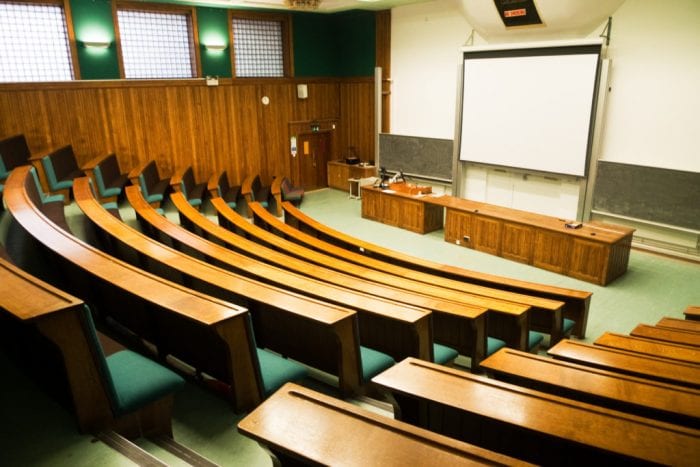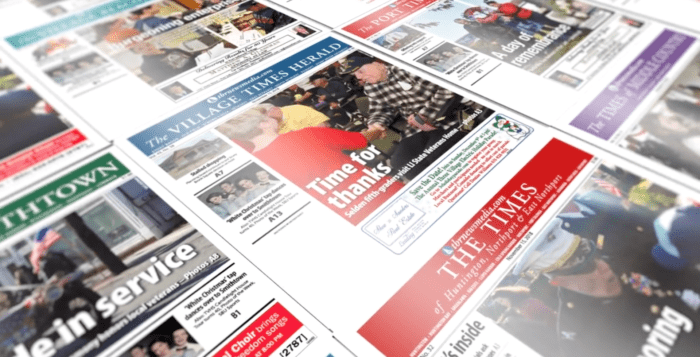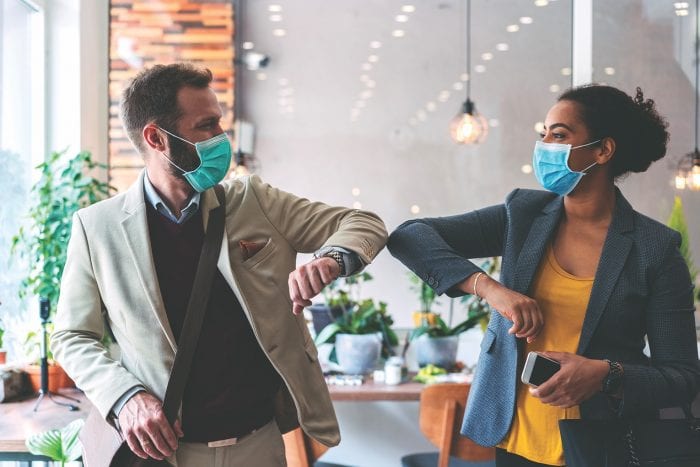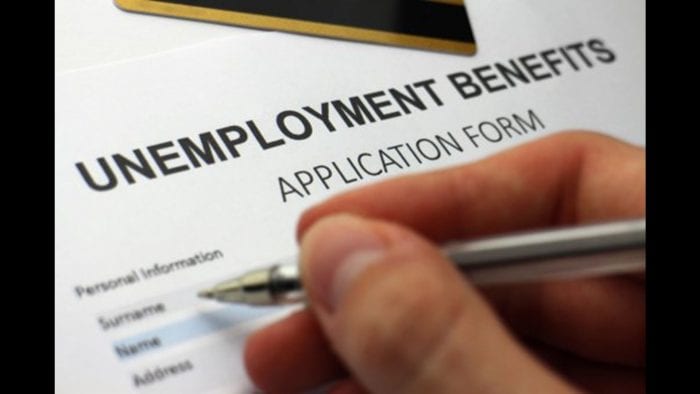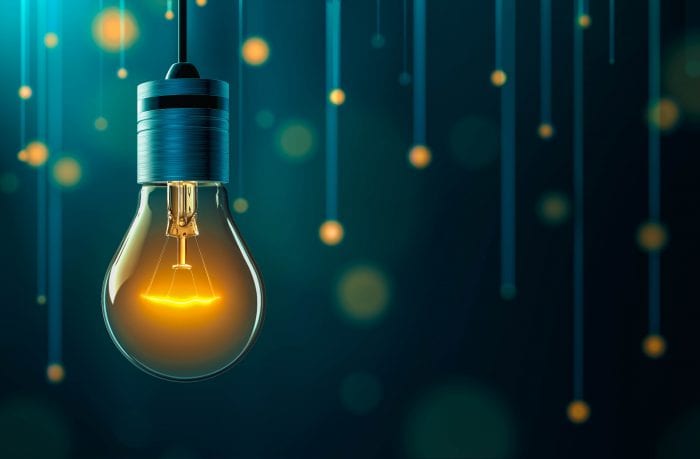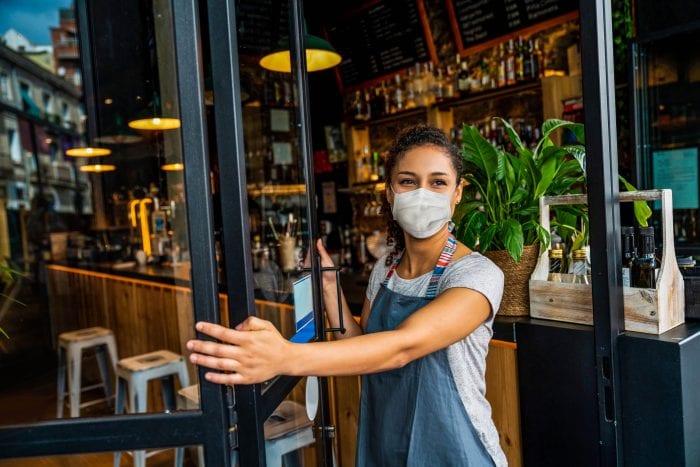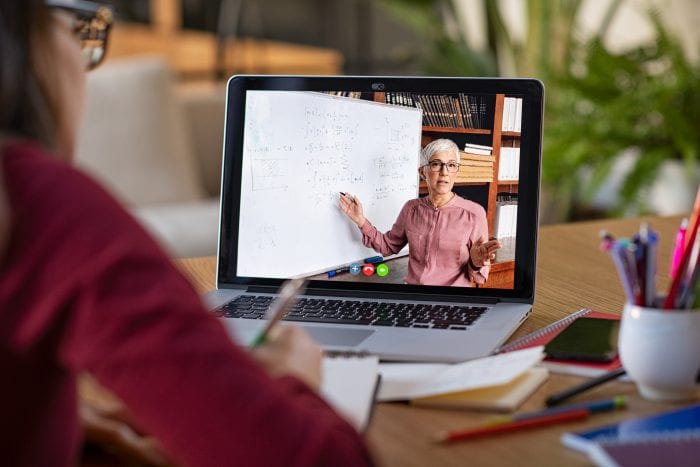By Daniel Dunaief

Everyone has a social cup that they need to fill. Some have cups the size of shot glasses or even thimbles and can satisfy their need for social interactions with a few exchanges of pleasantries on a walk or by picking up the phone and dialing friends in town or across the country.
Each day, these people meet their own social needs with relative ease and without spending much time looking family, friends, neighbors and even strangers in the eye and telling their tales.
Others, however, need to fill large mugs that may be the size of enormous water bottles. They need to hear and tell jokes, to exchange thoughts and ideas, to laugh with others about their jobs, their kids, or the successes and failures of their cooking efforts, their favorite teams or the unbelievable acts of kindness or insensitivity they have witnessed.
Recently, my wife and I listened, outside and while socially distanced, to a friend of ours who lives with a larger social cup describe the abject misery he feels from working at home. The conditions don’t bother him and his children, who are grown up and living their lives and aren’t wandering into the picture when he gets on a zoom call.
For him, the challenge resides in the lack of contact with other people. When my wife and I suggested he call college friends and reach out to other people, he said he’d tried, but part of the problem is that they don’t have much to discuss.
Part of the problem is the Groundhog Day nature of his and everyone else’s life. Sitting at home and working, and taking a few breaks a day to walk his dogs, he hasn’t lived the way he’d like so he can gather the kinds of stories that refill that cup.
Later in that same week, my wife and I were flicking through the channels and saw CNN deriding President Donald Trump (R), while Fox was supporting the president and tearing into the presumptive Democratic challenger for the presidency, Joe Biden.
We have long lived in the world of outrage culture, where what passes for news and analysis has become an opportunity for experts to rip an issue, a person, an idea, a movement or anything apart that they can.
I picture the TV producers looking at their line up of articulate but angry people in suits each morning, trying to pick the best one to stir the pot, rile up the viewers and warn the world about the dangers that await them.
We don’t have many modern day versions of Mr. Rogers because calm, cool and collected doesn’t play as well as outraged and angry.
But, here’s the thing: people at home who haven’t filled their social cups may direct their discomfort and angry energy in destructive ways.
I get it: angry people with strong opinions likely bring in strong ratings for news organizations that have become instruments of advocacy. After all, few people sold newspapers or watched TV shows without a hint of drama or conflict.
In our lives, however, we have enough of conflict and drama, thank you very much.
With people struggling to deal with so much uncertainty and isolation and holding empty and dried out cups that reflect how much they miss familiar contact and connection, a soothing and calm presence that supports solutions rather than tearing down other people’s ideas, is far preferable to shows that foment anger.
With a contentious election on the horizon in which some portion of the population will be utterly crestfallen after the electoral votes are counted, we need news organizations to offer the kind of hope and solutions that doesn’t make people feel as if they’re holding an empty cup.


